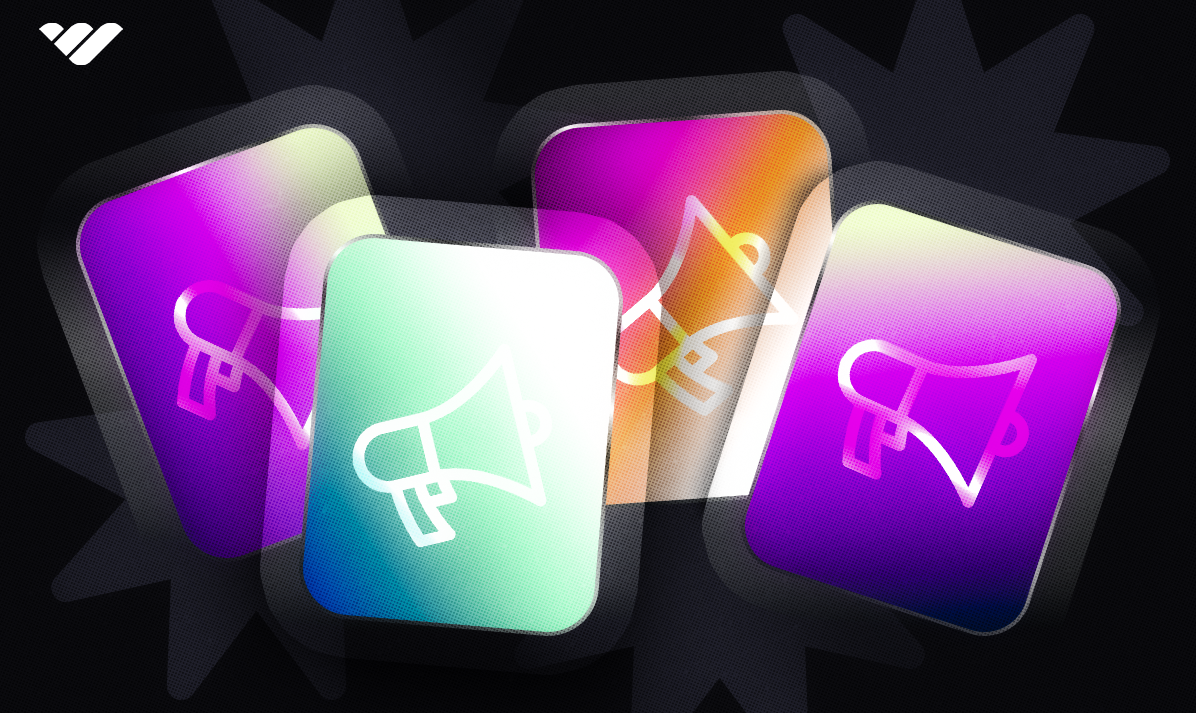Discover the best advertising platforms that can take your business to greater heights! Frorm social media to programmatic advertising, this guide covers it all.
Key takeaways
- Digital ad spending will reach $752.8 billion in 2024.
- Facebook maintains 3 billion monthly active users for unparalleled advertising reach.
- TikTok's short-form videos capture Gen Z's 8-12 second attention span effectively.
- Programmatic advertising uses AI to optimize ad placement and reduce waste.
- OTT platforms reached 245.7 million users in the U.S., representing 72.5% of population.
Did you know that digital ad spending is expected to hit a whopping $752.8 billion in 2024?
That's a lot of businesses vying for attention!
But here's the thing: not all advertising platforms are created equal, which can make choosing where to showcase your brand feel like navigating a maze.
Don't worry though—you’re not alone. This detailed breakdown of the top advertising platforms will help you decide what's best for your business. From the social media giants that keep us scrolling to the programmatic wizards that seem to read our minds, and the OTT newcomers changing how we binge-watch, each has its superpowers.
Which platform can give your brand the spotlight it deserves? Let's unpack the best of the best in digital advertising.
What are the best advertising platforms?
The truth is, there's no magic bullet. Multiple factors decide what works best for your brand—your goals, who you're trying to reach, how much you can spend, and the industry you're in.
Social media platforms often top the list, with Facebook and Instagram leading the pack. They offer powerful targeting options and vast reach; this makes them ideal for B2C businesses and brands targeting younger demographics.
If you're in the B2B space, don't overlook LinkedIn—it's the go-to platform for reaching professionals and decision-makers.
Google Ads is still a powerhouse. When people use Google to search for something, they're actively looking for information, products, or services. This means they're already interested and more likely to engage with relevant ads. And YouTube? It's not just for cat videos anymore. It's a great place to show off your brand with video ads.
If you're selling products online, you've got to consider Amazon Advertising. I mean, who doesn't shop on Amazon these days? And keep an eye on up-and-comers like TikTok. The kids are all over it, and smart brands are following suit.
Lastly, you can't forget about the old-timers. TV ads and billboards. They might cost a pretty penny, but they can really get your name out there. And for local businesses, they still pack a punch.
It's not about picking one platform. The secret sauce is finding the right mix that works for your brand. Keep trying things, see what sticks, and don't be afraid to switch it up based on what the data tells you.
Now we'll break down each section in more detail.
Best platforms for social media advertising
Successful marketing on social platforms isn't just about promoting products or services. It’s about telling stories that capture your audience’s attention and building connections. Let's take a closer look at some of the best platforms for social media advertising—and the brands acing their game.
Facebook continues to maintain a stronghold in the social media advertising landscape. With over 3 billion monthly active users, Facebook still offers advertisers unparalleled reach.
Over the years, Facebook has gathered an impressive amount of user data; this allows you to perform highly specific and sophisticated audience targeting based on demographics, interests, behaviors, and more.
Unlike some of the newer platforms which skew towards younger users, Facebook has a diverse user base across age groups. This makes it a suitable choice of platform for almost any industry.
Take the travel industry, for example. Airbnb, the popular vacation rental platform, used Facebook's carousel ad format to showcase different travel destinations, resulting in a 47% lower cost per acquisition compared to other platforms.
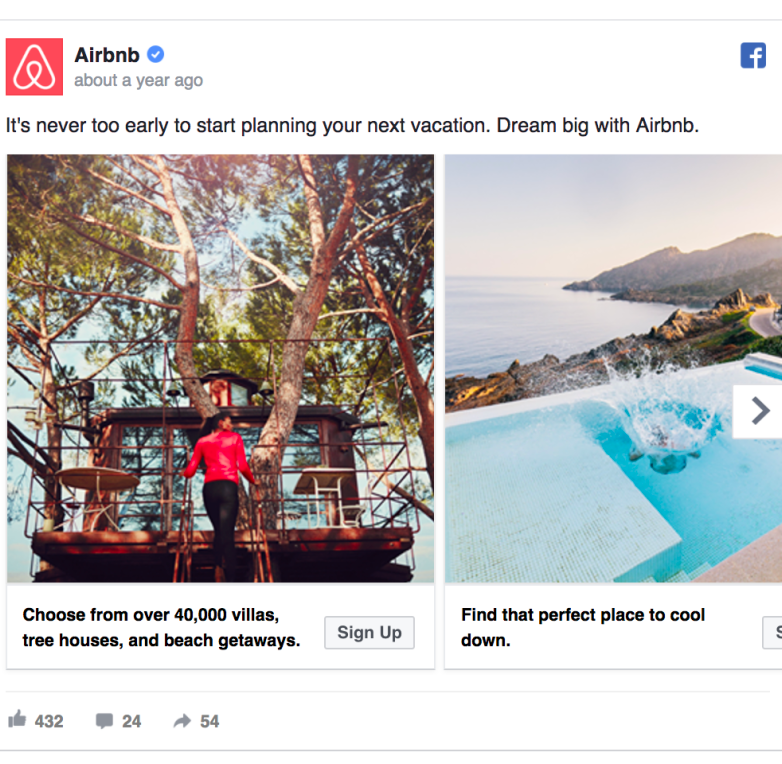
Perfect for visual storytelling, brands with strong aesthetic appeal, such as fashion, food, and lifestyle brands, find Instagram particularly effective.
Would you believe, Daniel Wellington built its entire marketing strategy around Instagram influencers? The watch brand partnered with thousands of micro-influencers and some macro-influencers across various niches.
Influencers received free watches in exchange for posts that featured the products. Did it work? The results speak for themselves: The brand grew from a startup to a $220 million company in just four years.
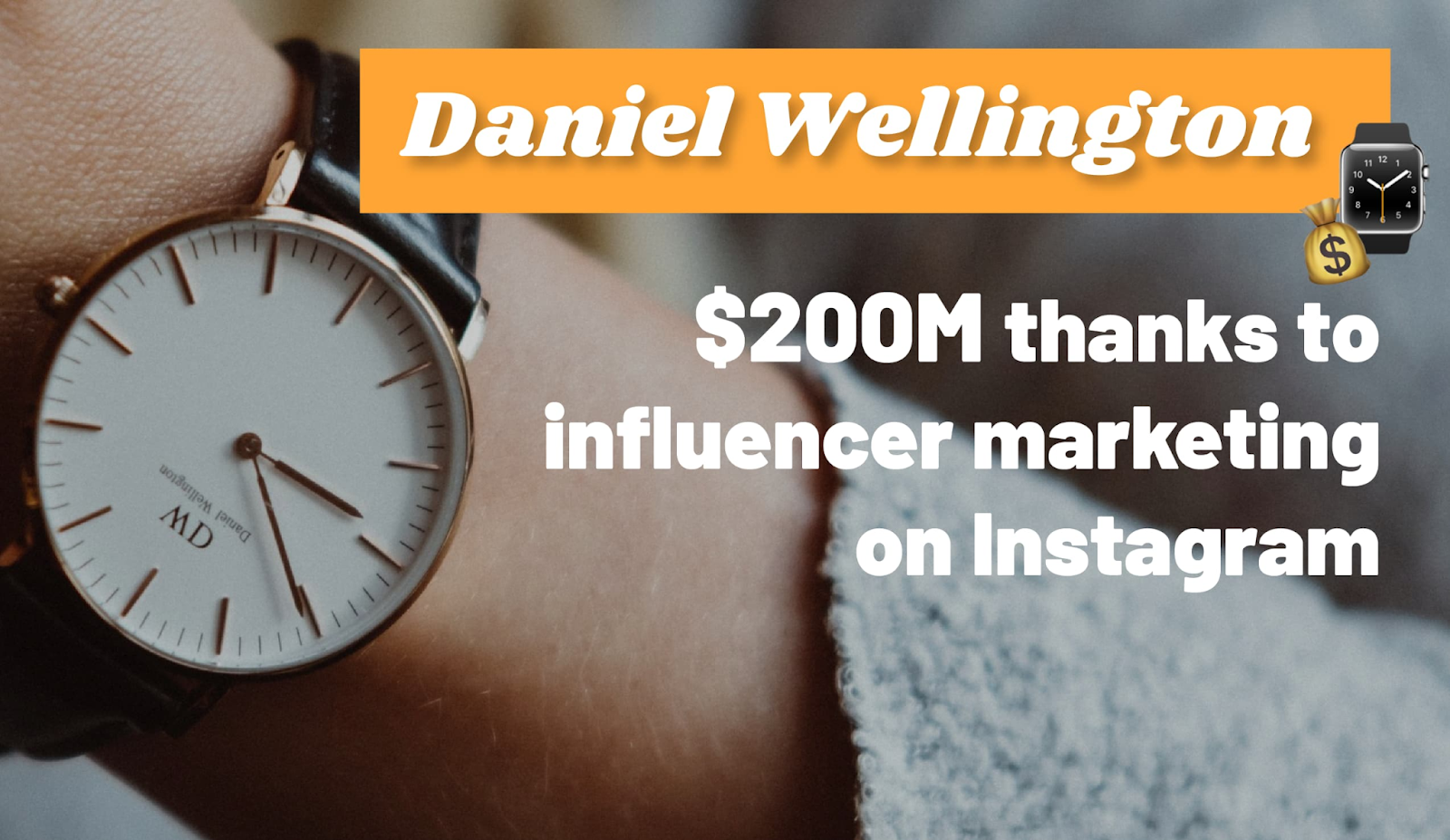
LinkedIn is the go-to platform for B2B companies or those targeting professionals. The platform’s 1 billion+ user base consists of decision-makers and industry leaders, including CEOs and C-suite executives, entrepreneurs, journalists, researchers, and other industry experts and thought leaders.
HubSpot is an example. The brand wanted to engage marketing professionals in small to medium-sized businesses to generate traffic and leads. HubSpot targeted the audience with industry-leading ebooks, webinars, and how-to guides, using LinkedIn's Sponsored InMail to promote its content.
This helped them achieve a 400% increase in leads compared to traditional email marketing.
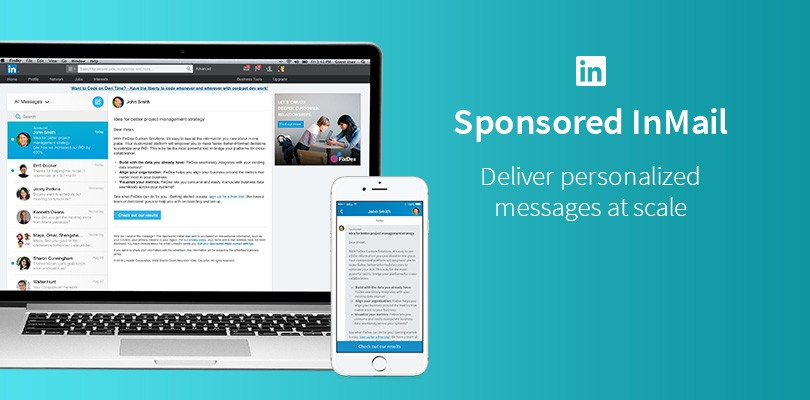
TikTok
The new kid on the block, TikTok has exploded in popularity, especially among younger audiences. Gen Z's average attention span for digital content is estimated to be around 8-12 seconds and TikTok’s short-form 15-60 second video format fares well with them.
Chipotle’s #GuacDance challenge on TikTok was a huge success. The campaign generated 250,000 video submissions and led to their biggest guacamole sales day ever!
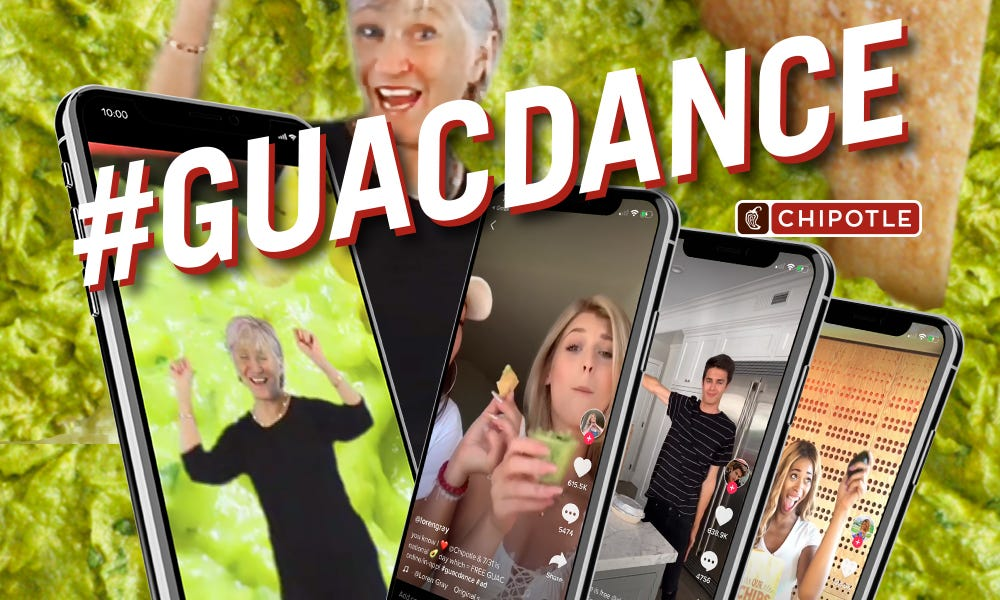
Budget-friendly makeup brand e.l.f. Cosmetics is another example. The beauty brand created a highly successful TikTok campaign in 2019, commissioning a catchy original song titled "Eyes. Lips. Face" (which spells out e.l.f.) from artists Holla FyeSixWun and Sugar Meyz.
The brand also ran an #eyeslipsface challenge that encouraged TikTok users to create videos showcasing their makeup looks while using the song.
The campaign generated over 5 million user-generated videos in just one week and received over 6 billion views globally.
What’s more, the song became so popular that it was later released on Spotify and iTunes.
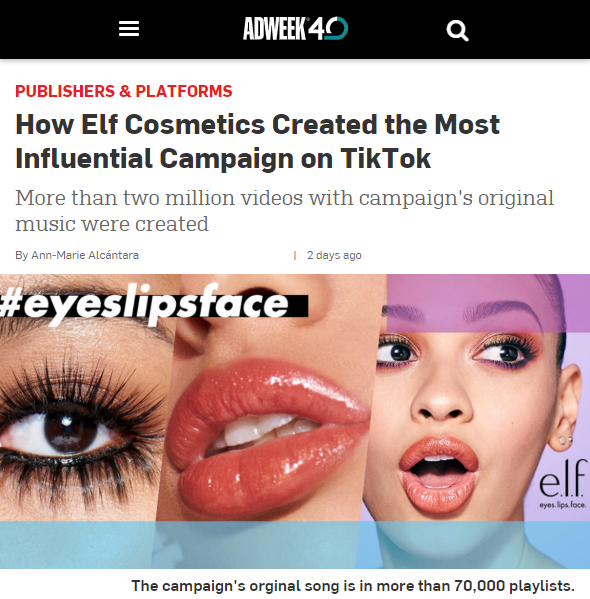
Best programmatic advertising platforms
John Wanamaker, a pioneer in marketing, famously said, "Half the money I spend on advertising is wasted; the trouble is I don't know which half." Programmatic advertising aims to tackle that very problem.
It uses data and automation to make sure your ads reach the right people at just the right moment. So, what are the best programmatic advertising platforms? Let’s find out.
Google Display & Video 360 (DV360)
Google's DV360 is a comprehensive programmatic platform that covers all the bases—display, video, and even audio. It taps into Google's vast network of services and data sources, so you can target with precision and reach specific audiences based on demographics, interests, and online behavior.
With access to advanced analytics tools, you also gain valuable insights into your campaign’s performance.
Google Display & Video 360 (DV360) is best for large enterprises, media agencies, and sophisticated advertisers with substantial budgets. It's ideal for anyone running complex, multi-channel campaigns across display, video, and audio formats.
Keep in mind that it also has a steeper learning curve and higher spend requirements, so it’s less suitable for smaller businesses or those with simpler advertising needs.
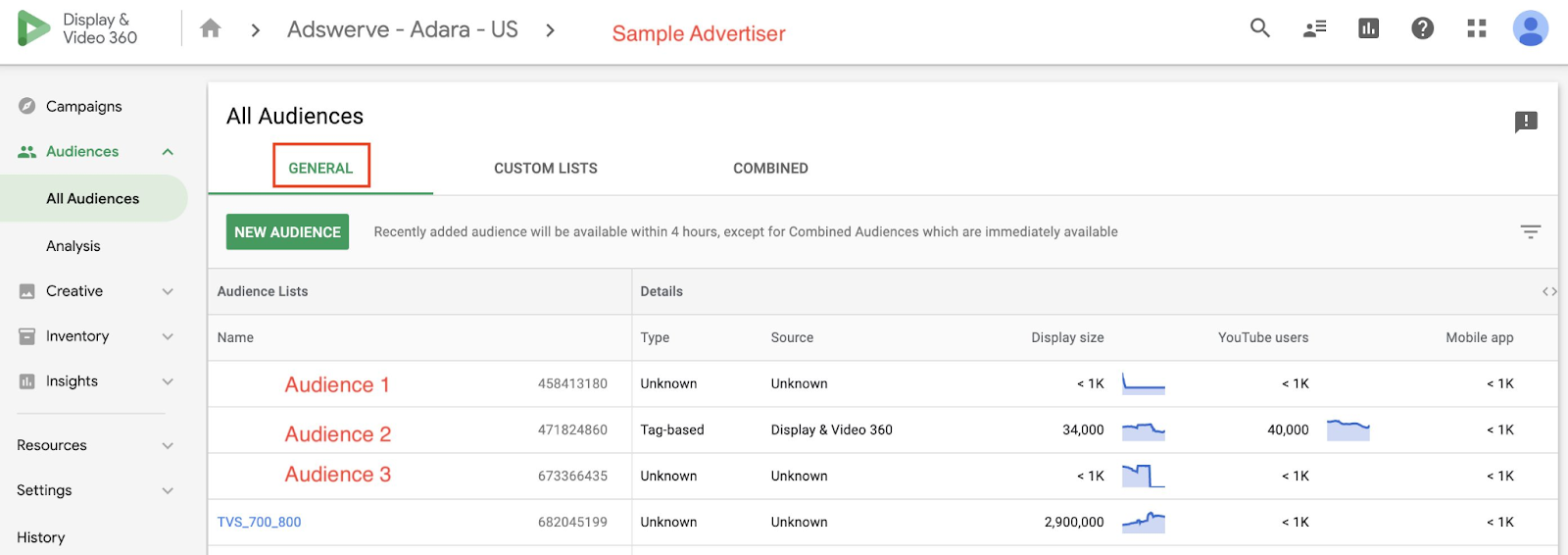
The Trade Desk
The Trade Desk is known for its impressive AI capabilities. The platform really stands out when it comes to keeping your audience targeting on point across different channels.
You get an all-in-one view of how your campaigns are doing, which is super helpful. Plus, it spreads your budget around to get the best results. Instead of juggling a bunch of separate campaigns, you get everything working together smoothly.
This makes your overall strategy more effective and cohesive than if you were trying to handle each channel on its own. That’s why, if you're running campaigns across multiple channels, this platform really shines. Plus, its reporting features are top-notch.
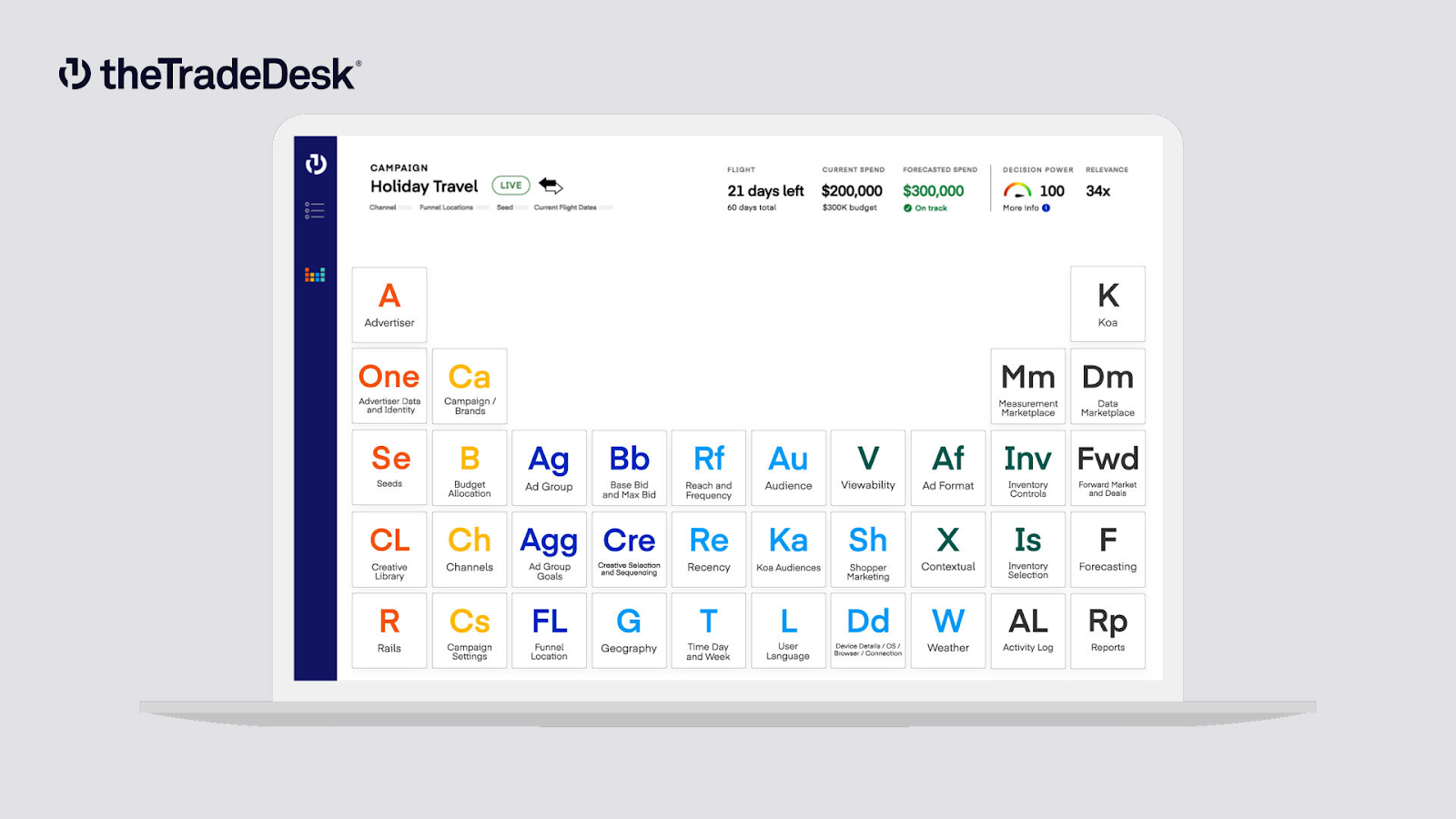
Amazon DSP
If you're in ecommerce, you'll want to pay attention to Amazon's DSP which leverages Amazon's treasure trove of consumer data to reach the right audience.
How does it work?
Think of it as a smart ad tool that uses Amazon's shopping data. It lets businesses show ads to people based on what they've bought or looked at on Amazon. You can pick who sees your ads, such as folks who've bought similar stuff or browsed your products.
These ads pop up on Amazon, but also on other websites, and the system automatically buys ad space where your target shoppers are likely to see it.
The real power is in Amazon's data—it knows what people actually buy, not just what they say they like. This helps businesses make their ad money work harder.
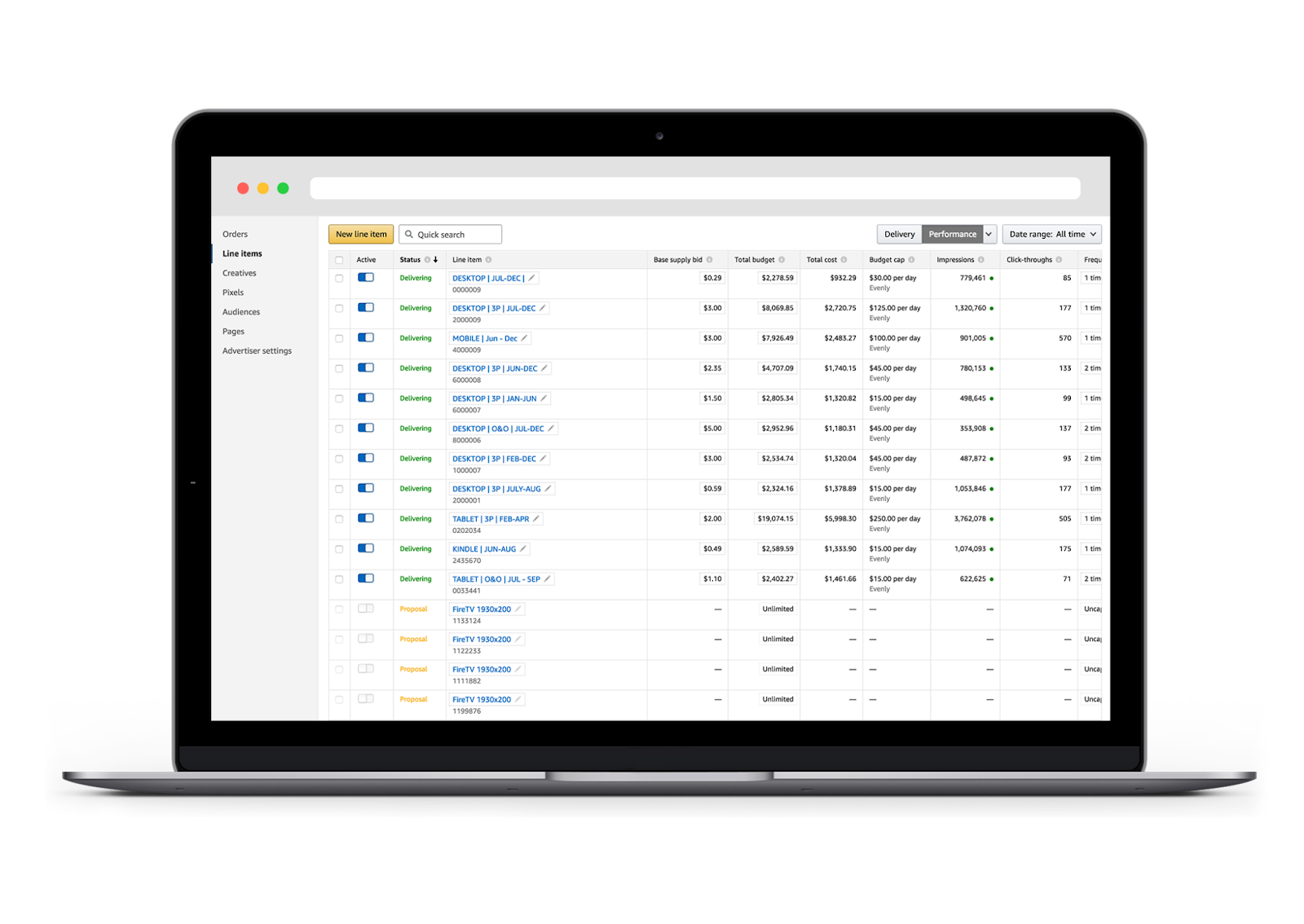
MediaMath
No company wants their ad popping up next to something sketchy online. This makes MediaMath, a platform that focuses on brand safety, another strong contender in the programmatic space.
MediaMath has put a lot of focus on transparency. Their 'Brain' algorithm is pretty cool too—it optimizes your campaigns in real-time to make sure you're getting the most bang for your buck. It's crunching numbers non-stop, figuring out the best times to show your ads, who to show them to, and how much to bid.
It's like having a marketing whiz working 24/7 to make your ad dollars stretch further.
Pretty nifty, right?
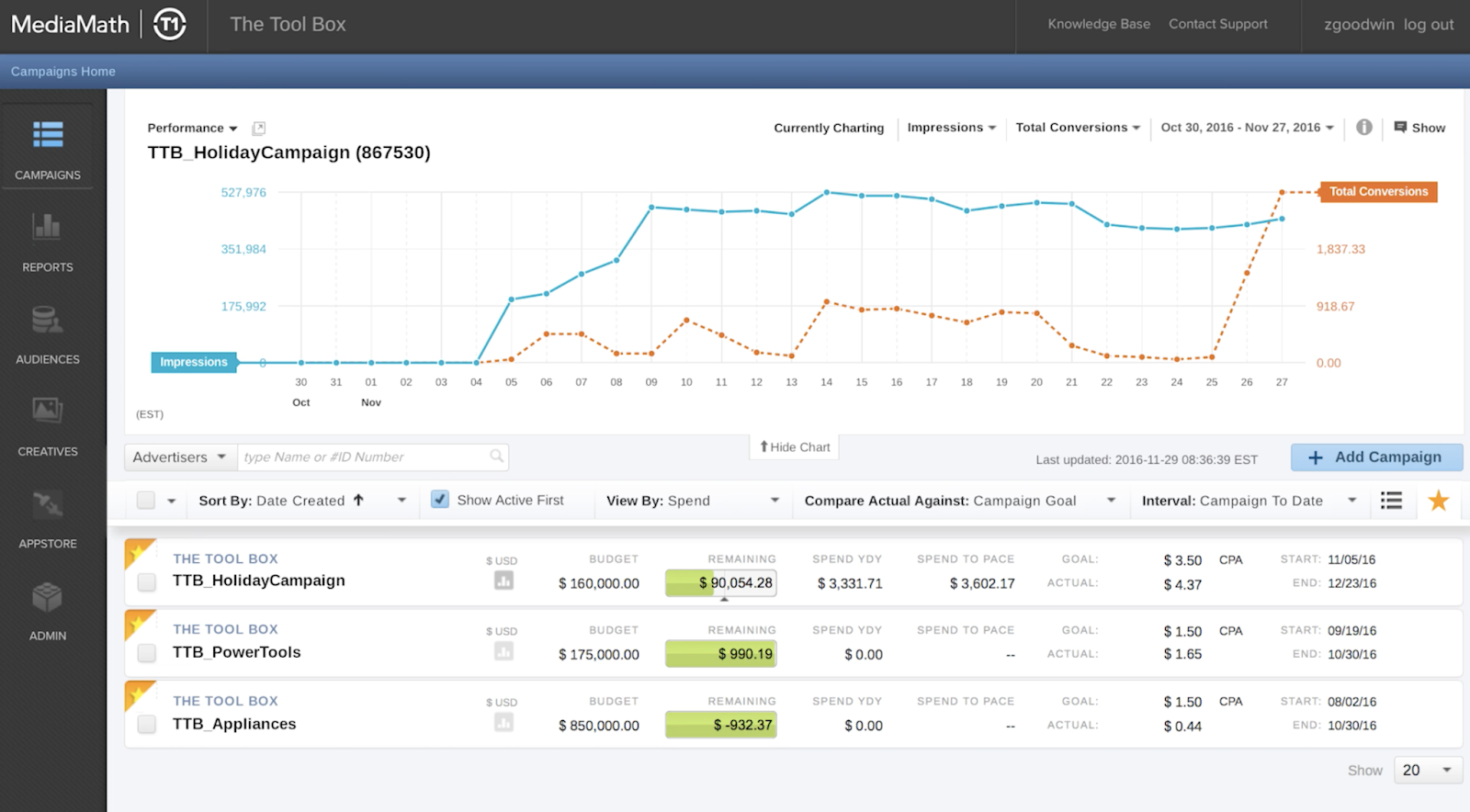
Best OTT advertising platforms
According to a report by eMarketer, the number of OTT video service users in the U.S. reached 245.7 million in 2024—that’s a whopping 72.5% of the population. With so many eyes glued to streaming content, it's no wonder advertisers are scrambling to get a piece of the action.
So, what are some of the best OTT advertising platforms out there? Here’s what you need to know.
Hulu
This one’s a big player in the OTT world, and for good reason. Hulu’s got a ton of content and a massive user base—51.1 million paid subscribers at last count. What's great for advertisers is the variety of ad formats Hulu offers.
Along with standard video ads, they do interactive ads and even ads that show up when you pause your show. Pretty clever, right?
And, if you're looking to get your ad in front of a specific group of people, Hulu's got you covered with some impressive targeting options including demographic data, viewing habits, geolocation, and even ad-supported vs. ad-free subscribers. They also provide interest-based targeting and the ability to reach cord-cutters specifically.
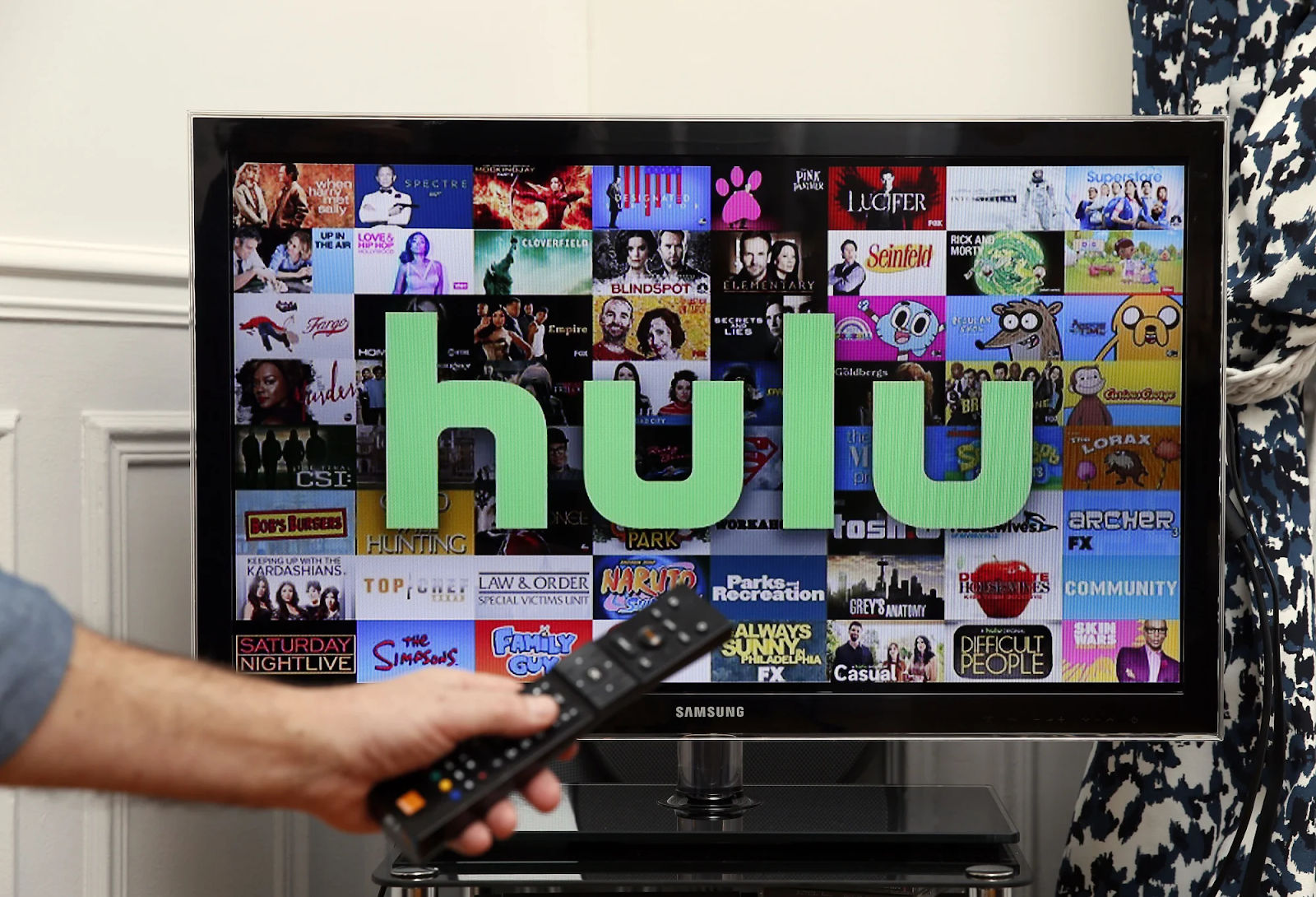
Roku
You might know them for their streaming devices, but Roku is also a solid advertising platform. They offer video ads, branded content, and even cool interactive overlays that can include clickable buttons, QR codes, polls, quizzes, or mini-games related to the advertised product.
Lexus promoted their "December to Remember" year-end sales event in a memorable way, using Roku’s interactive overlay. Viewers could use their Roku remote to access a virtual car customizer directly through the overlay.
It provided a unique way for viewers to explore Lexus vehicles from the comfort of their homes while giving the brand valuable data on viewer preferences and engagement levels.

Amazon Fire TV
Amazon's in the game too with Fire TV. What's interesting here is that you're advertising in an environment where people are already in a shopping mindset.
They offer in-stream video ads, sponsored content, and ads right on the home screen. And because it's Amazon, you know they've got loads of user data to help you target the right folks.
Geico, McDonald's, Verizon, Ford, Home Depot, and various other brands have advertised on the platform to reach consumers in a shopping-oriented environment.
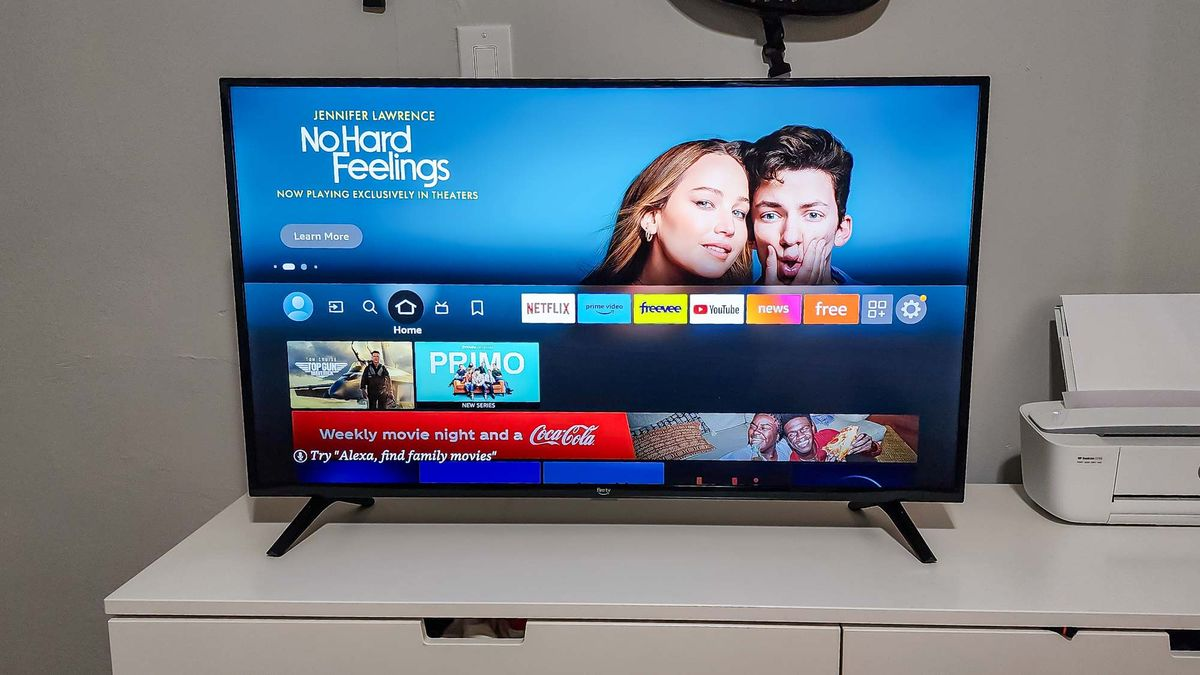
YouTube TV
YouTube TV is a bit different—it's technically a virtual Multichannel Video Programming Distributor (try saying that five times fast!)—but it offers OTT-like ad opportunities.
YouTube TV combines traditional TV with digital streaming, leveraging Google's advanced targeting capabilities. This allows advertisers to reach specific audiences more precisely, blending the broad reach of television with the data-driven approach of digital marketing. It offers a unique hybrid model in the evolving media landscape.
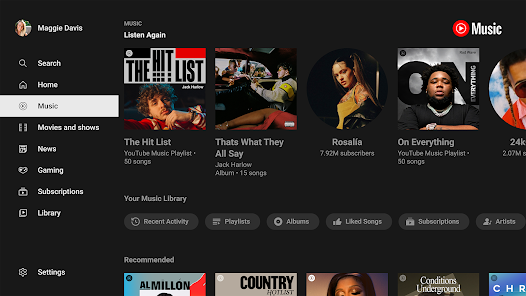
Best PPC advertising platforms
Here's an eye-opener: across all industries, PPC ads on search networks get clicked about 1.91% of the time. Not bad, right?
The best PPC platforms are constantly upping their game, giving marketers smart tools to fine-tune their campaigns and make every click count.
Google Ads
Let's start with the big player in the game: Google Ads.
It's like the Swiss Army knife of PPC platforms. You get access to a massive network of search results and partner sites, which means your ads can pop up almost anywhere online.
The cool thing about Google Ads is how precise you can get with your targeting. Want to reach left-handed cat lovers in Albuquerque? Google's got you covered.
Plus, with the Google Display Network, you can slap your visual ads across millions of websites. If you're into video marketing, YouTube is your playground.
The cherry on top?
Google's analytics tools are top-notch, helping you figure out what's working and what's not.
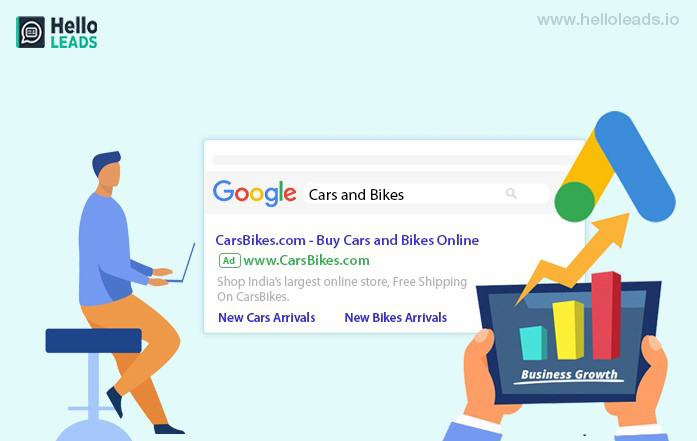
Microsoft Ads
It might be the underdog compared to Google, but Microsoft Ads has got some tricks up its sleeve.
If you're in the B2B world, pay attention. While Microsoft Ads doesn't have the same reach as Google, you often face less competition, which can mean lower costs.
And here's a neat feature: it plays well with LinkedIn, giving you an edge when targeting professionals. Plus, you get exclusive access to Bing, Yahoo, and AOL search networks. It's like getting the VIP pass to a different set of audiences.
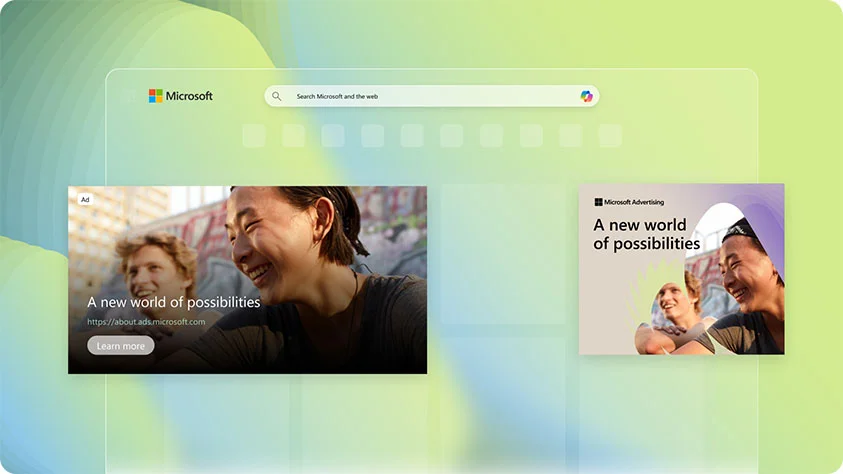
Twitter Ads
If you want to get in on real-time conversations, Twitter Ads is where it's at. It's great to boost brand awareness and jump on trending topics. You can promote your tweets to reach more people and target users based on what they're interested in or talking about.
If your brand thrives on being part of the latest buzz, Twitter's a solid choice.
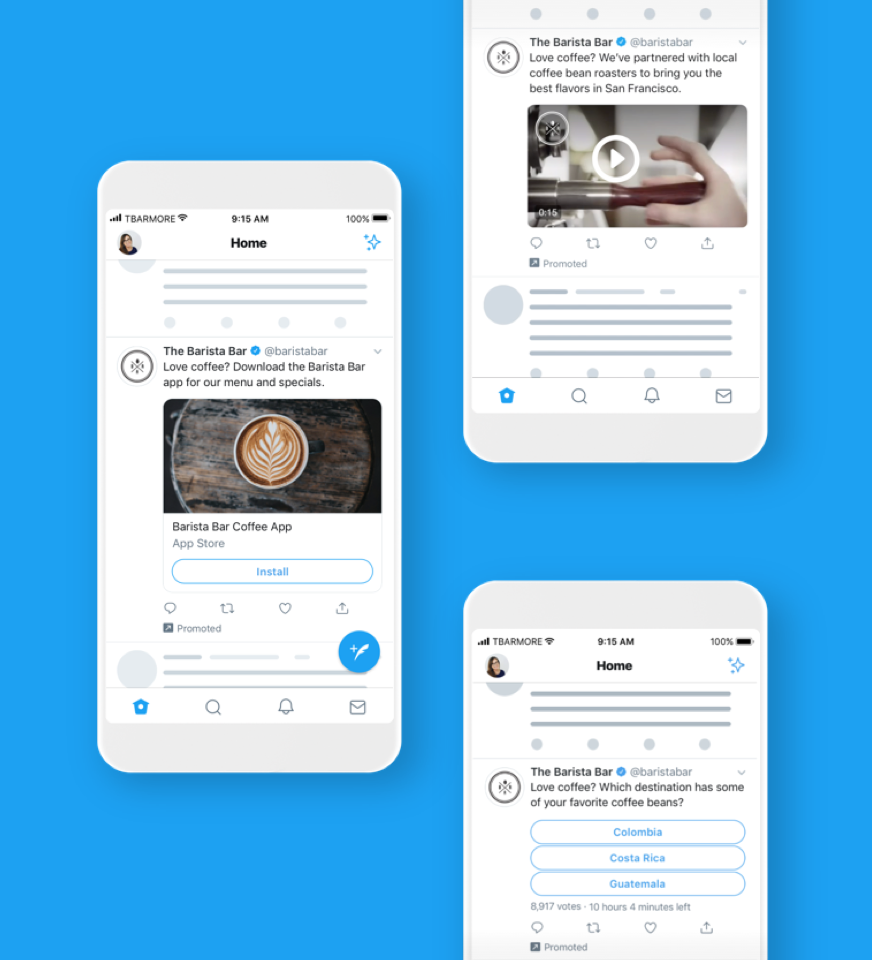
There are other players worth mentioning too, like Pinterest (great for visual stuff), TikTok (if you're targeting the younger crowd), and Snapchat (another youth-focused platform).
At the end of the day, choosing the right PPC platform is all about knowing your audience and what you want to achieve. Remember, true success is not just getting clicks.
You also need a solid plan to convert those clicks into meaningful actions once users reach your website.
How to choose the best online advertising platform
Here’s a quick checklist to help you choose the best advertising platform for your brand.
- Reach and audience targeting capabilities:
Find platforms that offer precise targeting options. Look for demographic, geographic, and behavioral targeting features and ensure the platform can reach your specific target audience - Ad formats and creative options:
Choose platforms that support various ad formats including display ads, video, native advertising, and interactive content to engage your audience effectively. - Cost-effectiveness and ROI:
Compare different pricing models (CPC, CPM, CPA) and assess which model aligns best with your campaign goals. Look for competitive rates and budget optimization tools. - Analytics and reporting features:
Does the platform give you detailed insights into key metrics like impressions, clicks, and conversions? Look for customizable reporting options and check for the availability of real-time data so you can perform quick optimizations. - Ease of use and integration with other tools:
Is the platform easy to learn and use? Check that it seamlessly integrates with your existing marketing tools. If applicable, check how suitable the platform is for team collaboration.
Choose your advertising platform—let Whop handle the rest
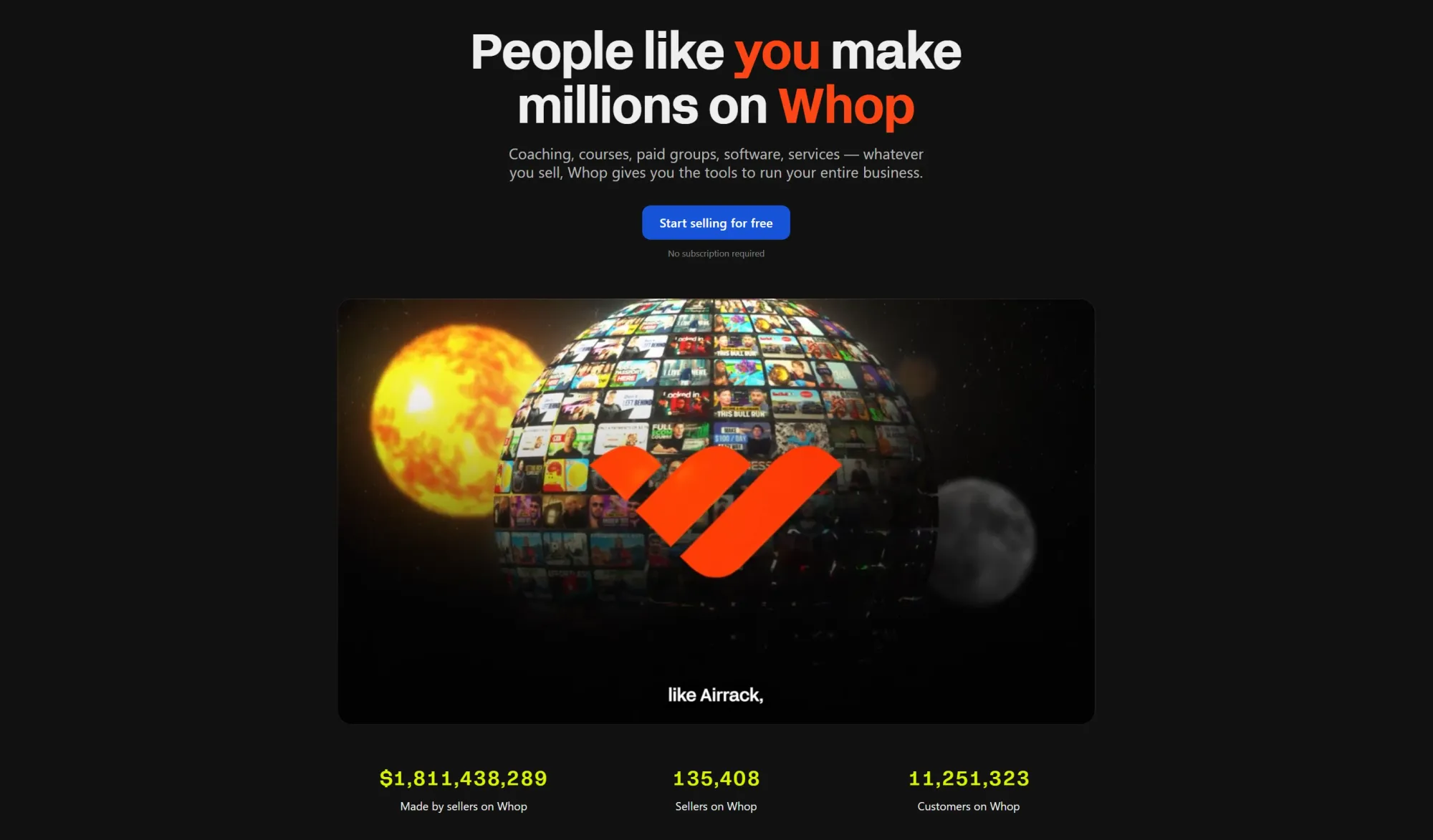
Finding the right advertising platform for your business is just the first step. Managing your campaigns, optimizing customer engagement, payment processing, and ensuring your customers have a smooth experience—now that's a whole different ball game.
The good news?
Whop does all of this for you, and more. Whop has been engineered to streamline your business at every turn, taking care of all the tedious minutiae right through to the big-picture processes. Whether it's digital products, memberships, or building a community, Whop has you covered—and it only costs 2.7% + $0.30 of any sales made. No upfront costs.
Start building on Whop today and watch your business scale with ease.
FAQs
We’ve answered the most commonly asked questions on advertising platforms, right here.
What is the best digital audio advertising platform?
The best digital audio advertising platform depends on your specific needs and target audience. However, Spotify Ads, Pandora for Business, and Google Audio Ads are some popular options.
What are the best social media platforms for advertising?
The best platforms for advertising on social media depend on your goals, the product, audience demographics, and content type. Facebook offers broad reach and detailed targeting options. Instagram is ideal for visual content and younger demographics.
LinkedIn works best for B2B marketing and professional audiences. YouTube is effective for video content and brand awareness. Experiment and identify the platforms that can give your brand maximum impact and ROI.
What are the best free online advertising platforms?
Craigslist, eBay, LetGo (OLX), Backpage, Gumtree, Classified Ads, Oodle, Adpost, Hoobly, and Salespider are some free online advertising platforms.


